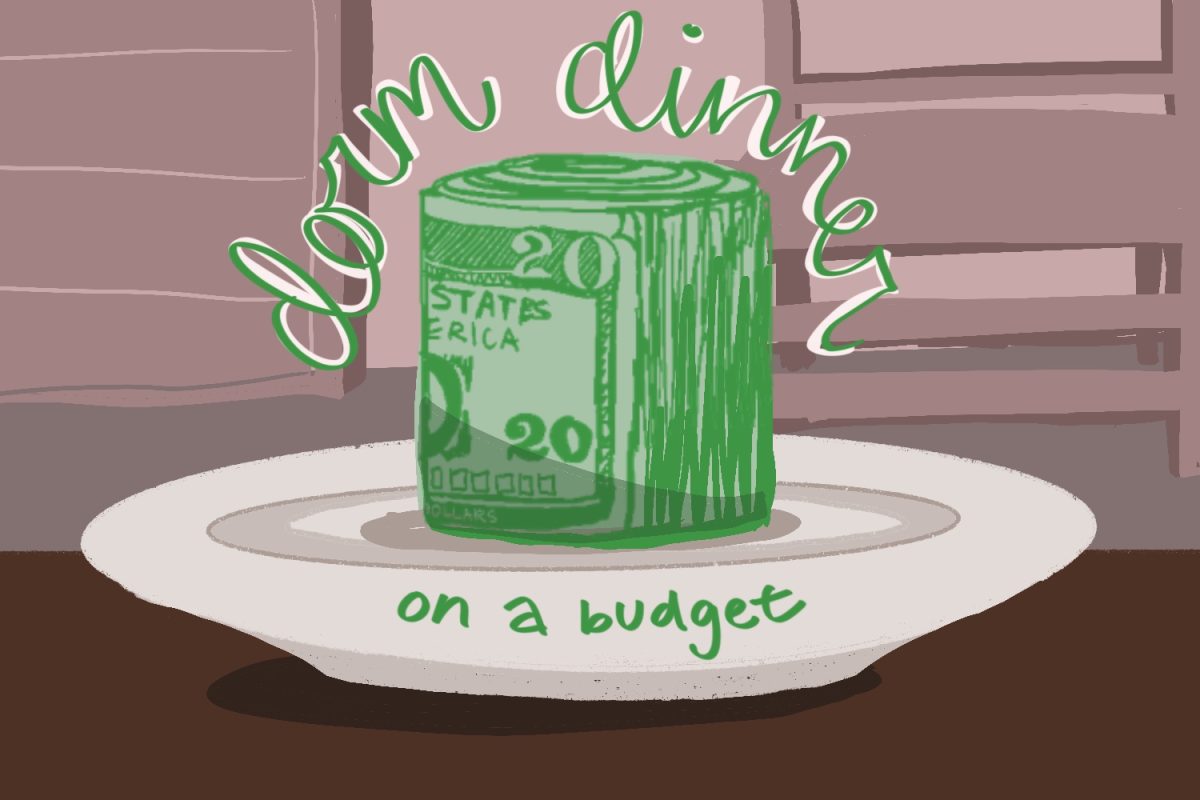American schools remain either separate and unequal, or negatively affected by tracking systems within them that create a racialized, gendered and classist achievement gap. Even 64 years after Brown v. Board of Education, students of color are consistently at the bottom. One reason for this disparity in education is the concept of hyper discipline, in which students of color are disproportionately disciplined for their behavior.
Black girls, specifically, are disciplined at higher rates than both their white classmates and, on some measures, black male classmates. Zero tolerance policies police both the existence and the sexuality of black female students, producing a feeling of frustration and invisibility. Black girls are forced to defend themselves against the threat of invisibility and oppression, and they are labeled by schools as loud and sassy.
As society prescribes black girls with this identity, their oppression is internalized and further exacerbated when they are underprotected, disrespected and overpoliced — consequently pushing them out of schools completely. Punitive disciplinary practices, such as zero tolerance policies, poor teacher-student relationships and the presence of security personnel, shape an environment in which discipline is valued over the social, emotional and academic growth of students.
The miseducation of girls of color starts with zero tolerance policies that target them. These policies were originally developed in response to gun violence and concerns over crime, as former President Bill Clinton introduced a policy enforcing at least a one-year expulsion for any student who brings a gun on campus. Zero tolerance policies seek to punish students for any type of infraction that is perceived as defiant. An increase in security personnel combined with underfunded and overly strict teachers fosters a school environment that leads to an increase of suspensions, expulsions and dropout rates.
In Boston, 63 percent of girls subjected to expulsion were black. Black girls were also 12 times more likely to get suspended than white girls. Rather than ensuring safety, zero tolerance policies tend to create environments that make girls feel less safe and that are less conducive to learning. When girls feel undervalued and unsafe, school becomes a scary place.
Zero tolerance policies were not intended to target black girls in schools, but because of racialized and gendered biases, black girls have become most affected by them. According to a September 2017 report prepared by the National Black Women’s Justice Institute, 38 percent of high school female students arrested nationwide are black, which is four times higher than their white counterparts. Compared to white girls, black girls are over two and a half times more likely to be referred to law enforcement. Identity politics combined with interpersonal and institutional racism create a system in which a black girl is always judged. When she fails to adhere to the traditional norms of white-dominant culture, she is disciplined.
Student-teacher relationships are embedded within the zero tolerance framework that hinders girls of color’s achievements. Teachers are the drivers of education and interaction in schools and, therefore, are sometimes the ones responsible for fostering negative classroom experiences for black girls. As teachers label their students of color as aggressive and loud, police their behaviors and overlook their needs, girls of color feel invisible and angry.
In fact, what is perceived as “attitude” from girls is often a reaction to feeling disrespected. When girls do not feel supported by their educators, they feel no need to try in school. When girls do not try in school, their self-esteem and life aspirations plummet. The hyper-discipline of black girls in school is one potent example of educational inequality. Despite these barriers, many girls remain resilient in the face of inequality and come out stronger on the other side.


























































































































